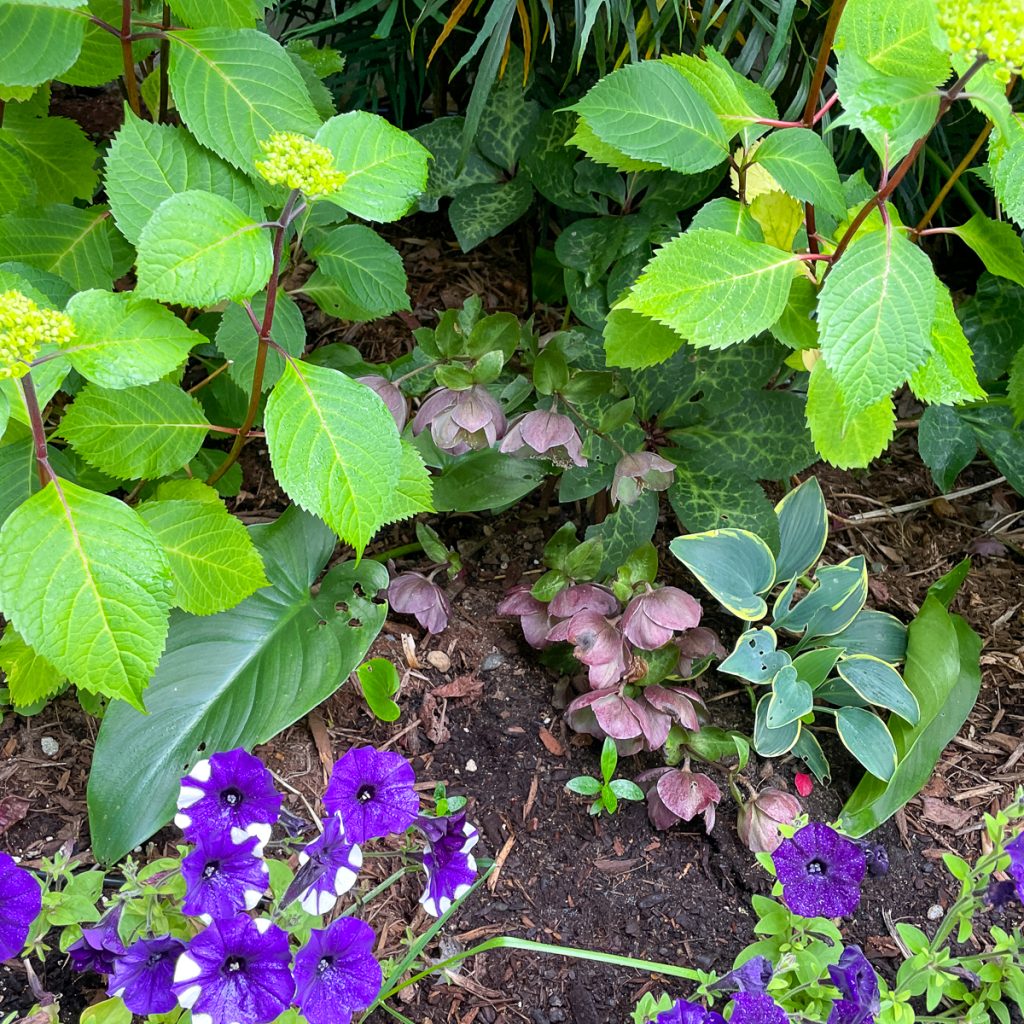When it comes to creating a stunning and vibrant landscape, the combination of landscaping with hydrangeas and hostas is hard to beat. These two plants not only complement each other visually, but they also have similar growing needs, making them easy to incorporate into any garden. Whether you have a large backyard or a small balcony, incorporating hydrangeas and hostas into your landscaping can add color, texture, and interest to your outdoor space.
1. The Versatility of Hydrangeas and Hostas
Hydrangeas and hostas are two of the most popular plants in gardens all over the world. These plants are known for their versatility, as they can be used in a variety of ways to enhance the beauty of any garden or landscape. In this essay, we will explore the versatility of hydrangeas and hostas and how they can be used in different settings.
Hydrangeas are flowering shrubs that are native to Asia and the Americas. They are known for their large, showy flowers that come in a variety of colors, including pink, blue, purple, and white. Hydrangeas are versatile plants that can be used in a number of ways in the garden. One of the most common uses of hydrangeas is as a border plant. Their large size and colorful blooms make them perfect for creating a beautiful border around flower beds or along walkways. They can also be used as a focal point in the garden, with their stunning flowers drawing the eye and adding interest to any space.
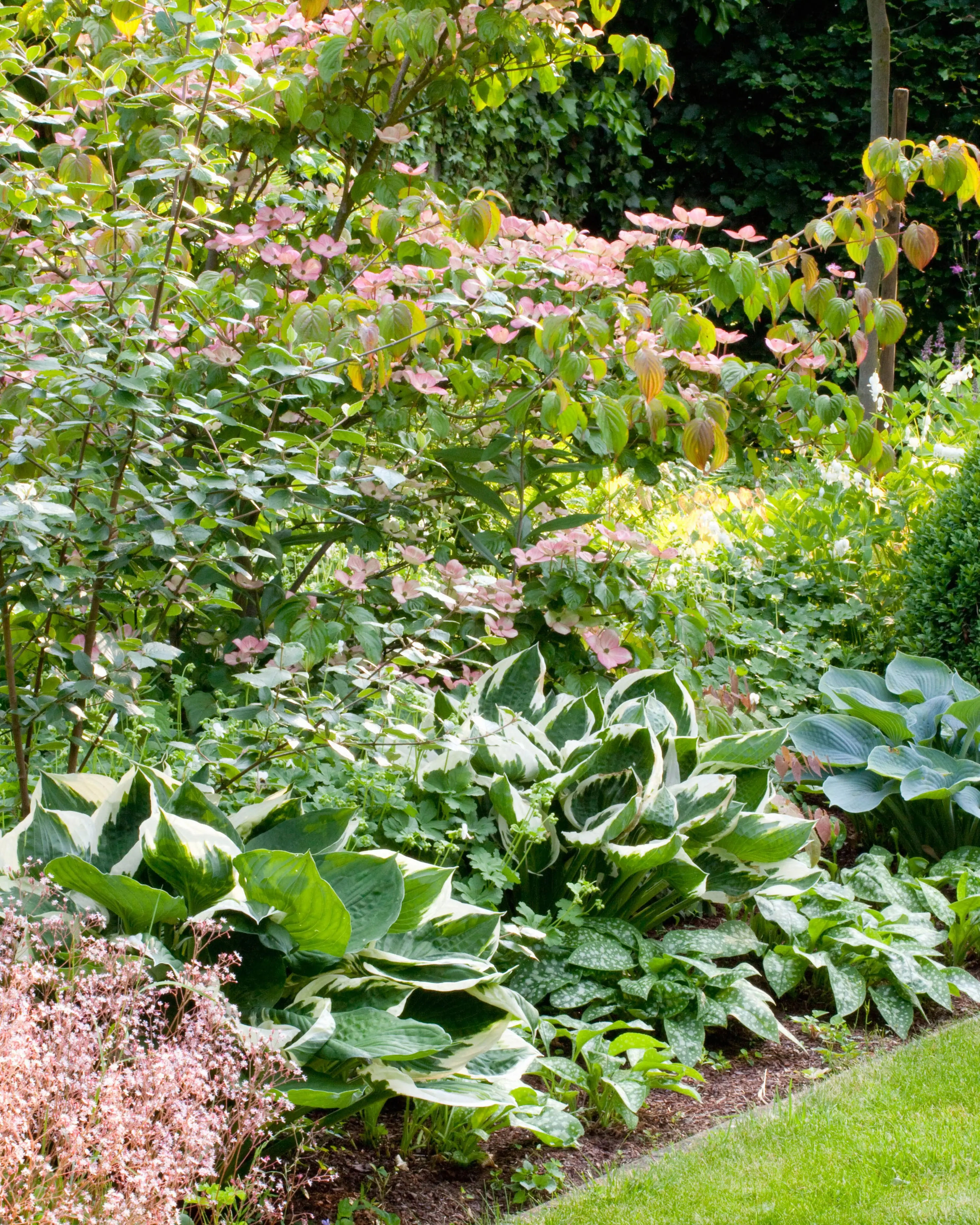
Another way to use hydrangeas is in containers. These plants do well in pots and can be placed on patios, porches, or balconies to add color and texture to these spaces. Hydrangeas also make great cut flowers, so they can be used in floral arrangements to bring a touch of the garden indoors. Additionally, hydrangeas can be trained to grow up trellises or arbors, adding height and interest to the garden.
One of the most unique features of hydrangeas is their ability to change color based on the pH level of the soil. This makes them incredibly versatile, as they can be grown in a range of colors depending on the gardener’s preference. For example, acidic soil will produce blue flowers, while alkaline soil will result in pink flowers. This versatility allows gardeners to create a customized color scheme in their garden using just one type of plant.
Hostas, on the other hand, are herbaceous perennials that are known for their large, lush foliage. They come in a variety of sizes, shapes, and colors, making them incredibly versatile in the garden. Hostas are commonly used as ground cover plants, as their dense foliage can quickly fill in empty spaces and provide a beautiful backdrop for other plants. They are also great for adding texture and interest to shady areas of the garden where other plants may struggle to grow.

One of the most unique ways to use hostas is in a shade garden. These plants thrive in shady conditions and can add a pop of color and texture to an otherwise dull area. Hostas also make great container plants, as they do well in pots and can be moved around to different areas of the garden as needed. Additionally, hostas can be used as edging plants, creating a neat and tidy border around flower beds or walkways.
Another reason for the versatility of hostas is their ability to tolerate a wide range of soil conditions. They can grow in both moist and dry soil, making them suitable for a variety of environments. This makes them a great choice for gardens with varying soil types or areas that receive inconsistent amounts of water.
In conclusion, hydrangeas and hostas are two incredibly versatile plants that can be used in a multitude of ways in the garden. From borders and focal points to containers and cut flowers, these plants add beauty and interest to any space. Their ability to change color and thrive in different soil conditions only adds to their versatility, making them a must-have for any gardener looking to create a stunning and diverse landscape.
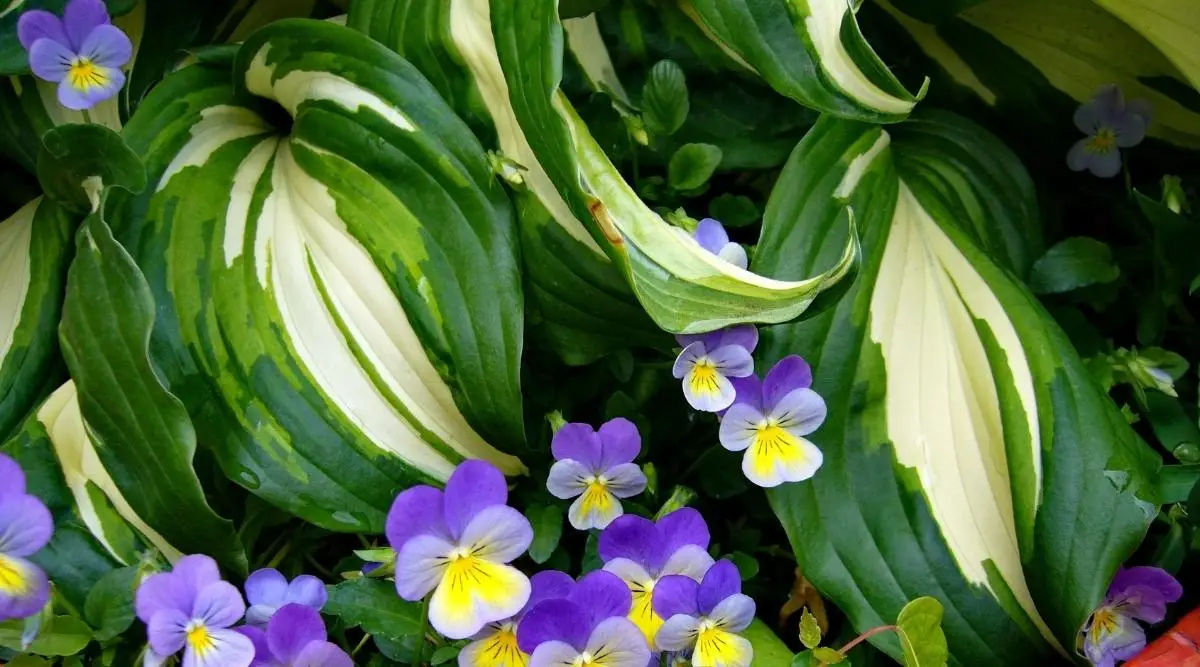
Planting and Care for Hydrangeas
Hydrangeas are known for their beautiful and large flower clusters that come in a range of colors including white, pink, blue, and purple. They are relatively easy to grow and can thrive in a variety of climates, making them a popular choice for gardeners.
Planting
When planting hydrangeas, it’s important to choose the right location as they prefer partial shade and well-drained soil. Make sure to dig a hole twice the size of the plant’s root ball and mix in some compost before placing the plant in the hole. Water thoroughly after planting.
Care
To keep your hydrangeas healthy and blooming, regular watering is essential. However, be careful not to overwater as this can lead to root rot. It’s also important to fertilize your hydrangeas in the spring and prune them in the late winter or early spring to encourage new growth and remove any dead or damaged branches.
Growing and Maintaining Hostas
Hostas are known for their lush foliage and come in a wide range of colors, patterns, and sizes. They are perfect for filling in gaps in your garden or creating a border along pathways.
Planting
Hostas prefer moist, but well-drained soil and partial shade. When planting, make sure to dig a hole twice the size of the plant’s root ball and add some compost for added nutrients. Hostas should be planted at least 18 inches apart as they can spread quickly.
Care
Hostas require little maintenance once established. However, regular watering is important, especially in hot and dry weather. It’s also a good idea to add a layer of mulch around your hostas to help retain moisture and prevent weeds from growing.
2. Creating a Beautiful Color Palette
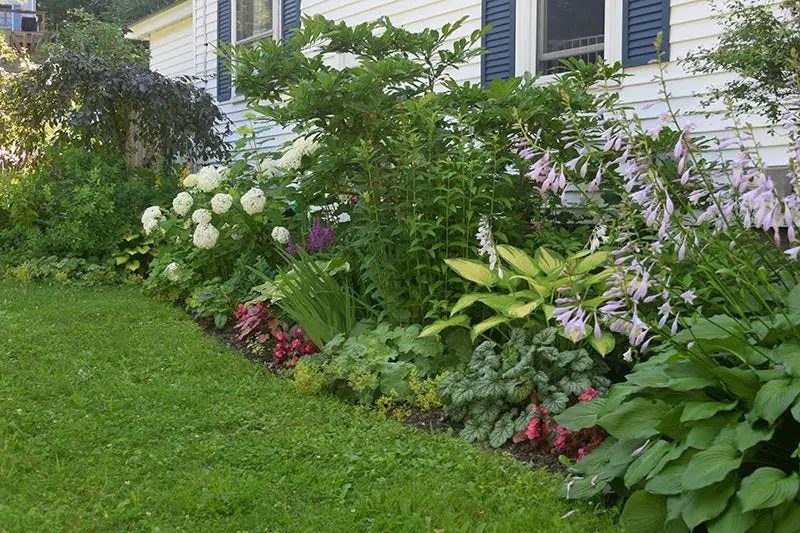
Both hydrangeas and hostas come in a variety of colors, making them perfect for creating a stunning color palette in your garden.
Hydrangeas Color Options
As mentioned earlier, hydrangeas come in a range of colors including white, pink, blue, and purple. However, the color of your hydrangeas can vary depending on the pH level of your soil. For example, acidic soil (pH lower than 7) will produce blue flowers, while alkaline soil (pH higher than 7) will produce pink flowers.
Hostas Color Options
Hostas come in a variety of shades of green, as well as variegated varieties with splashes of white, yellow, or even blue. Some hostas also produce beautiful flowers in shades of purple, white, or lavender. By combining different varieties of hostas, you can create a beautiful and dynamic color palette in your garden.
3. Design Ideas for Landscaping with Hydrangeas and Hostas

The combination of hydrangeas and hostas offers endless design possibilities for your landscape. Here are a few ideas to get you started:
Create a Hydrangea Hedge
Planting a row of hydrangeas along a fence or pathway can create a beautiful and colorful hedge. You can mix and match different colored hydrangeas or stick with one color for a more uniform look.
Use Hostas as Ground Cover
Hostas are perfect for filling in gaps between larger plants or creating a lush ground cover. They can also be used to line pathways, creating a natural and inviting walkway.
Add Pops of Color with Containers
If you have limited space, you can still incorporate hydrangeas and hostas into your landscape by using containers. Place a few containers filled with these plants on your patio or balcony for a colorful and eye-catching display.
4. Common Questions about Landscaping with Hydrangeas and Hostas
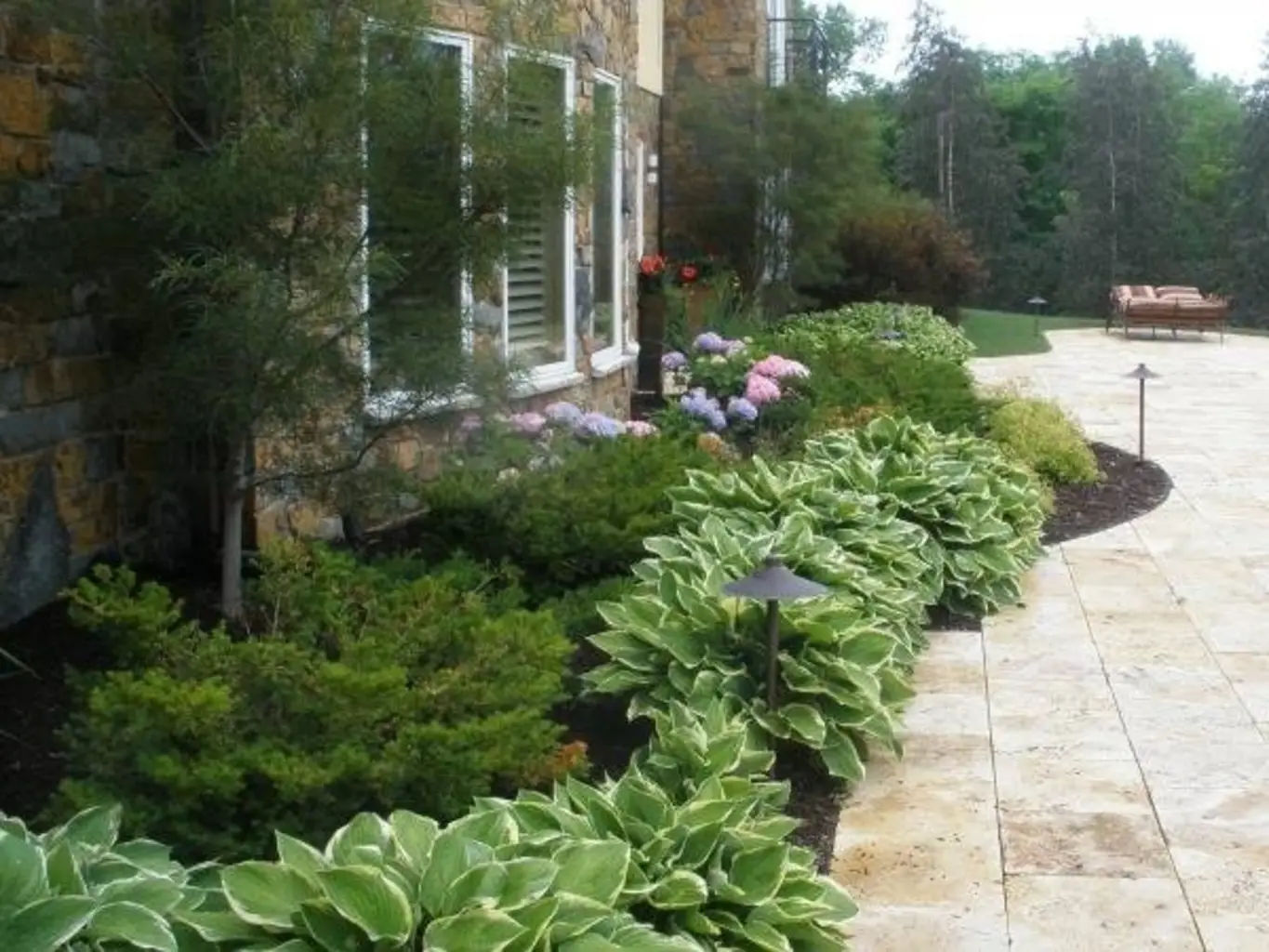
1) Can I grow hydrangeas and hostas in full sun?
While hydrangeas prefer partial shade, they can handle some direct sunlight, especially in the morning. Hostas, on the other hand, prefer shade and may struggle in full sun.
2) How do I know when to prune my hydrangeas?
The best time to prune hydrangeas is in late winter or early spring before new growth appears. This way, you’ll avoid accidentally removing any new flower buds.
3) Can I grow hydrangeas and hostas in containers?
Yes, both hydrangeas and hostas can be grown in containers. Just make sure to use a well-draining potting mix and water regularly to keep the soil moist.
4) Do deer like to eat hydrangeas and hostas?
Unfortunately, yes. Both hydrangeas and hostas are known to be deer favorites. If deer are a problem in your area, consider planting these plants closer to your home where they may be less likely to venture.
5) Are hydrangeas and hostas poisonous to pets?
Both plants are considered toxic to cats and dogs. Keep this in mind when choosing a location for your garden and make sure to supervise your pets when they are around these plants.
Conclusion
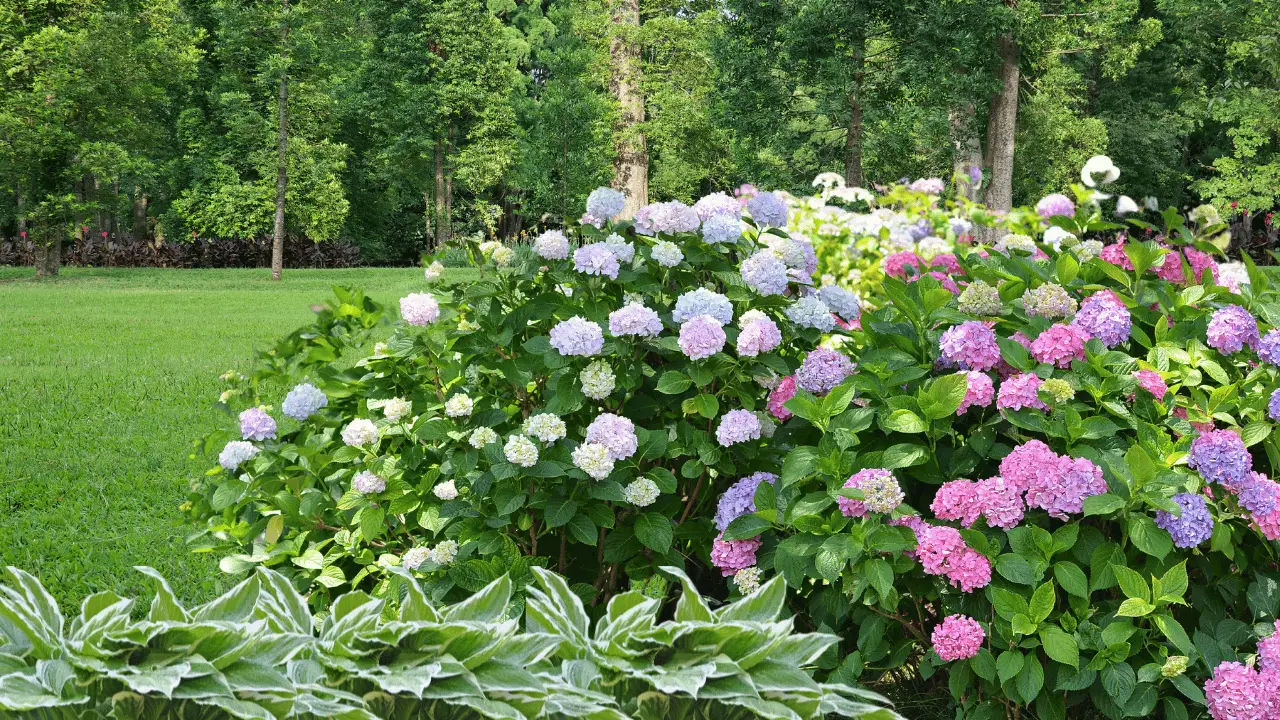
Landscaping with hydrangeas and hostas is a beautiful and easy way to add color and interest to your outdoor space. These plants not only complement each other visually, but they also have similar growing needs, making them a perfect pairing for any garden. Whether you choose to create a hedge, use containers, or simply mix and match these plants in your landscape, the possibilities are endless. So why not give landscaping with hydrangeas and hostas a try and see the beauty they can bring to your outdoor space.

